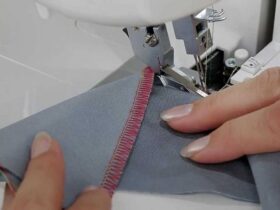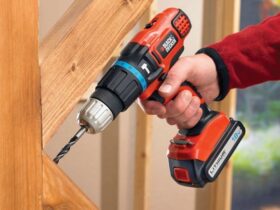Late autumn – for drivers, perhaps this is the most dangerous period. During the day it is still warm, but at night the road is already covered by a barely noticeable film of ice. Counting on the notorious Russian “maybe”, we leave for the very last moment the transition to winter tires. Experienced drivers advise going to tire fitting at the end of October, when the average temperature per day is about 5 ° C. But it is better to purchase winter tires in advance when there is no seasonal excitement. The opinion is erroneous that off -season rubber is suitable for a whole year: at -10 ° C it becomes oak, significantly increasing the braking distance. Therefore, whatever one may say, but you will have to choose winter tires. The behavior of the car on the road in winter depends on it. It is good for those who can rely on their (or acquaintances) many years of experience. And if there is no experience? The choice of rubber depends on the weather conditions in a particular region: somewhere around the winter the road is Rikutan, someone has to travel along barely cleared snow blocks, and someone watches slush and dirt all winter.
Shipped rubber is a fairly common opinion that this is the best option. Indeed, in tightly rolled snow or on ice, a machine with such rubber behaves confidently. But harsh frosts are not everywhere, and even then they process the road with reagents, as a result of which porridge forms on the road. And then the spikes simply float, nullifying all the clutch properties of winter tires. But under mixed weather conditions, experts still recommend spikes, because if the roads are more or less cleared, then in the yards naked ice is a common thing. But the spikes and minuses have. The noise of the wheels and the destruction of the asphalt will probably be stopped, but those who are often abroad should know that in some European countries, entry on studded rubber is prohibited, as a result, money will be spent in vain.
The composition of the rubber is selected so that the wheel sticks to the road surface. Therefore, with ice, softer tires provide the best adhesion to the road (for example, Michelin X-reic North). Soft rubber is also effective on the asphalt, but wears out faster. It is difficult to determine the softness of rubber to the touch, so you can ask the seller.
The tread pattern is no less important when choosing winter tires. You should know that the asphalt coating interacts with the outer part of the tires, and the snowy one with the internal. For proper installation, this is important. A lot of rectangular figures on the tread located in a checkerboard pattern are quite effective. Figure depth 9-10 mm. The presence of small stripes (lamellas) on the tread provides the best adhesion to the road (for example, Barum norpolaris). For wet snow and slush, it is best tire with a directed tread pattern resembling a Christmas tree or groove. Rubber with such a tread removes slush from under the wheel. Continental ContivikingContact3 is considered a leader among non -navigated rubber.
The size of winter rubber must be selected according to the type of car based on the recommendations of the manufacturer. This information can be found in the service book. If the required size is not available, then it is better to choose a slightly smaller model, but more in the height of the profile.
The speed index is the maximum speed at which the use of rubber is allowed. The letters of the Latin alphabet on the side of the side mean:
L – not more than 120 km/h
N – no more than 140 km/h
Q – no more than 160 km/h
T – no more than 190 km/h and so on
The difference in the cost of the same models, but with different indices is noticeable, so there is no need to buy tires with a large index-because it is unlikely that anyone is chasing at a huge speed in winter, the more tires are rarely found for sale.
There are currently three categories of tires from well -known companies. The most authoritative, but also the most expensive Michelin, Pirelli, Bridgestone, Good Year, Continental, Dunlop, Nokian and Gislaved. The golden middle includes BFGOODRIDCH, UnIroyal, Kleber, Firestone, Yokohama, Kumho, Hankook, Toyo, Fulda. They, although cheaper, but their quality is not bad. The third group includes the cheapest models Medeo, Nordman, Fortio, Kama, Bear, Taganka, Yaroslavl, although they have no less popularity. When buying winter tires, you must definitely find out the year of producing the tire and expiration date, which does not exceed 5 years from the date of release; It can be seen on the side of the wheel. Every year, tire manufacturers are developing new models that are more expensive than rubber of the previous lineup. Therefore, you can buy high -quality rubber for quite reasonable money.
Buy or not buy winter tires – everyone decides for himself. But unwillingness to listen to the voice of the mind can cost expensive.















Leave a Reply
View Comments